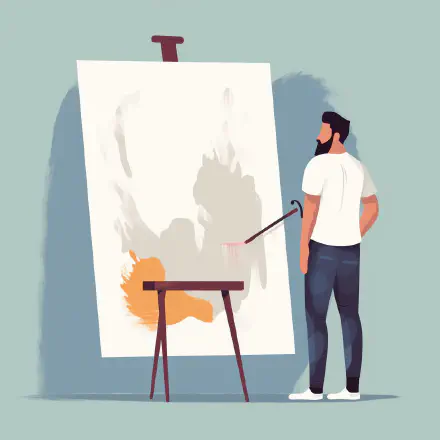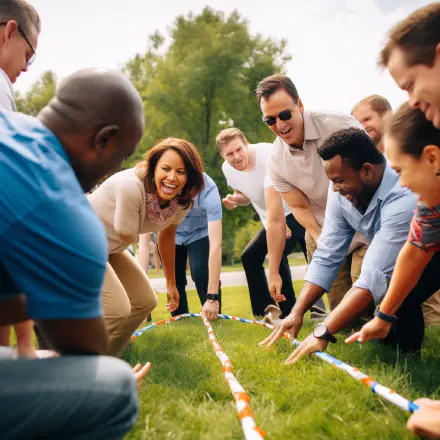
Problem-solving is an essential skill that we need in our personal and professional lives. Whether it’s at work, school, or in our day-to-day lives, we’re constantly faced with challenges that require us to think critically and find solutions. However, problem-solving is not always easy, and it’s something that requires practice, dedication, and a set of techniques to enhance your abilities. In this article, we’ll explore ten techniques for improving your problem-solving skills.
1. Define the Problem
The first step in solving any problem is to define it. You need to understand the nature of the problem and what you’re trying to achieve. This technique is critical as it helps you stay focused on the problem rather than jumping straight to the solution.
2. Analyze the Problem
Once you have defined the problem, you need to analyze it. This technique involves breaking the problem down into smaller, more manageable parts. Analyzing the problem helps you see it from different angles and identify the root cause of the issue.
3. Gather Information
Problem-solving requires information. You need to gather as much information as you can about the problem and possible solutions. This technique involves researching, asking questions, and gathering data.
4. Generate Options
Once you have gathered enough information, it’s time to generate options. Brainstorming is an effective way of generating options. It’s best to have an open mind at this stage, and every idea is worth considering.
5. Evaluate Options
Once you have generated options, evaluate each one of them. This technique involves assessing the pros and cons of each option and looking at how they fit within the context of the problem.
6. Make a Decision
After evaluating the options, it’s time to make a decision. Choose the best option that solves the problem while considering the pros and cons.
7. Take Action
Making a decision is one thing, but taking action is another. This technique involves implementing the chosen solution. Action is critical for solving problems, so avoid hesitation.
8. Monitor Progress
Once you have taken action, monitor your progress. This technique involves tracking the success of the solution and assessing whether it’s working as intended.
9. Learn from Mistakes
No one is perfect, and sometimes the solutions you select may not work as expected. However, this presents a learning opportunity for future problem-solving. This technique involves analyzing mistakes and learning from them.
10. Practice, Practice, Practice
Finally, like any other skill, problem-solving takes practice. The more you do it, the better you become. This technique involves challenging yourself to solve problems on a regular basis.
In conclusion, improving problem-solving skills requires a set of techniques that focus on defining the problem, breaking it down, generating options, evaluating them, making a decision, taking action, monitoring progress, learning from mistakes, and continuous practice. With time, effort, and implementation of these techniques, you can greatly enhance your problem-solving abilities.



